Building summer homes for bats in New Brunswick
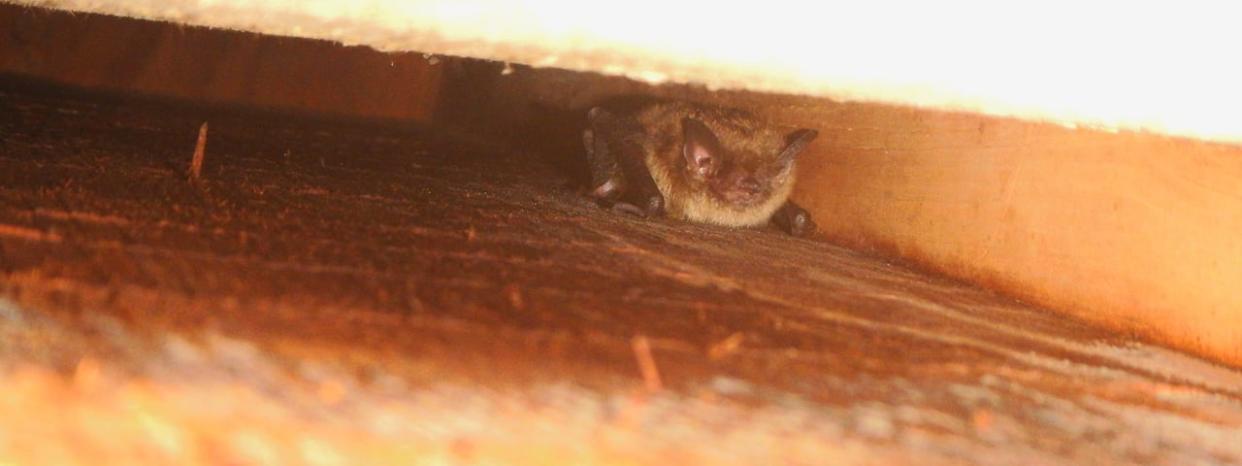
Andrew Mathis has always been interested in bats.
"When I was a kid, we would see them flying around in the dusk all the time," he said. "And as we grew up, and my wife and I moved out of the city, we kind of expected to see more bats, but we didn't."
That's when Mathis learned about white nose fungus, a fatal bat disease caused by a fungus often found in caves, which killed off a large population of New Brunswick bats.
Recently, Mathis decided he wanted to do something to help support the bat population.

Andrew Mathis, the project lead at the St. Mary’s food forest, wanted to do something to support the bat population in New Brunswick, so he organized a bat house building event. (Andrew Mathis/submitted)
So, in his role as project lead for the St. Mary's food forest, he put on an event building bat houses.
A bat house is a structure usually made of wood that is built to attract bats so that during the day, while the bats are sleeping, they are safely away from predators, according to Karen Vanderwolf, a New Brunswick museum research associate and postdoc researcher at the University of Waterloo.
Vanderwolf runs a cross-Canada bat house project. It allows individuals to get a bat box and sign up to send in their data about the bat box.
"The point is to come up with better recommendations specific to Canada to try to increase the success of bat boxes," she said.
"There's very little known about bat boxes in Canada. We generally rely on research done in the U.S. or Europe to come up with recommendations for their use in this country. So I wanted to change that."
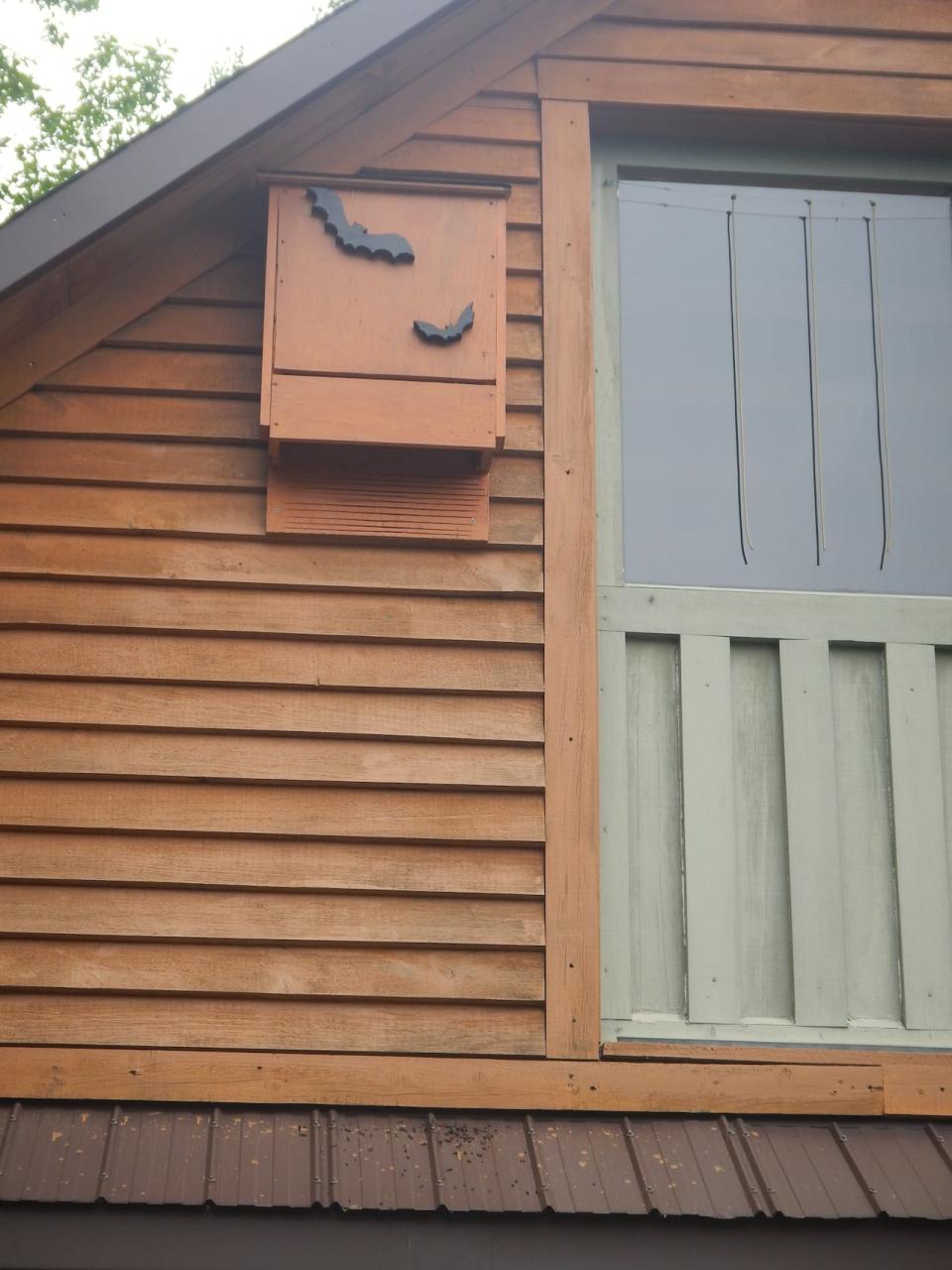
An occupied bat box, also called a bat house, north of Fredericton. A bat house is a structure usually made of wood that is built to attract bats so that during the day, while the bats are sleeping, they are safely away from predators. (Karen Vanderwolf)
The two main species that use bat boxes in Canada are the little brown bat and the big brown bat, she said.
No bats use bat boxes in the winter, but she did find with her study that some bats returned to boxes much earlier than others depending on their location.
Vanderwolf said certain conditions are better than others when it comes to putting up a bat box. Bigger boxes are better than smaller ones, she said.
And the standard recommendation for the size of the box's opening is three-quarters of an inch. Any larger than that, and it runs the risk of allowing wasps or other predators to enter.
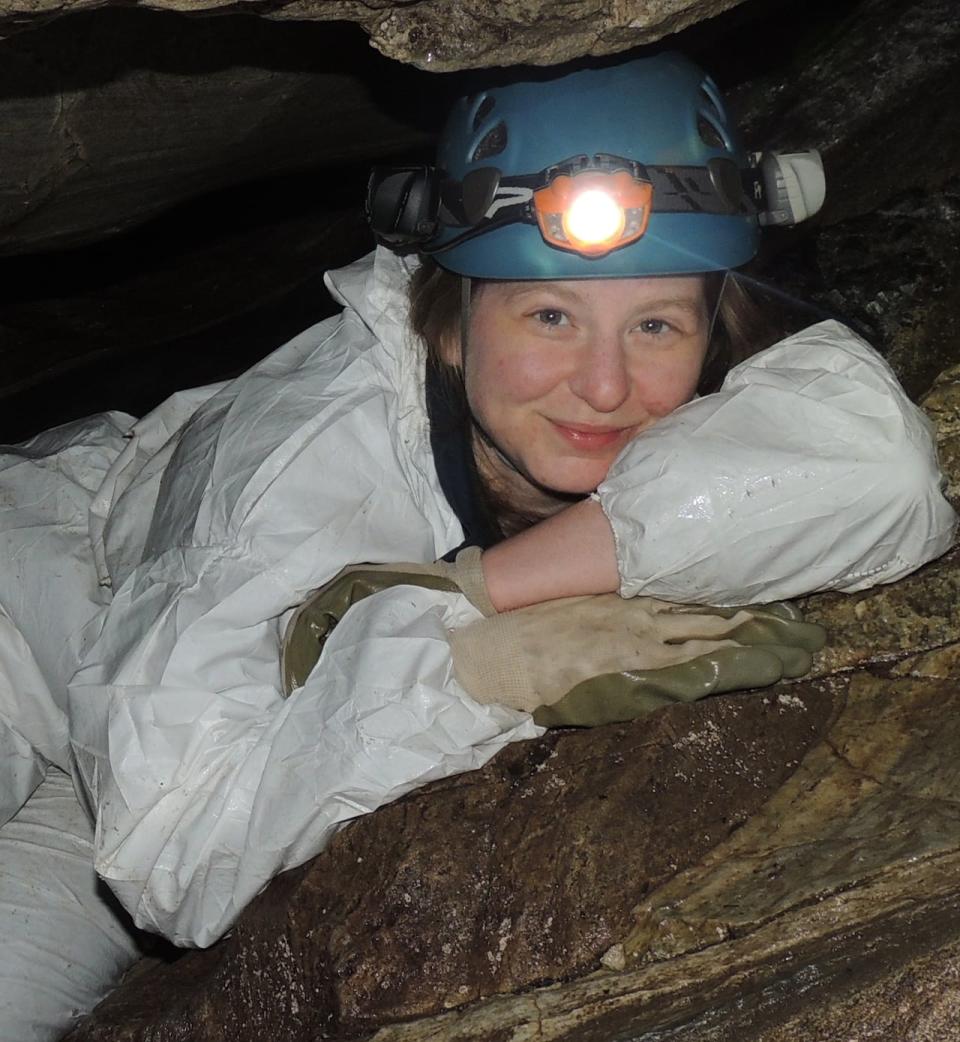
Karen Vanderwolf, seen here in New Brunswick's Harbell's Cave, runs a cross-Canada bat house project. She said there are two main species that use bat boxes in Canada — the little brown bat and the big brown bat. (Matt Stimson/Submitted by Karen Vanderwolf)
She said the placement of the box is also important. Boxes mounted on buildings are more successful than ones on trees or even poles.
Trees are the least successful, said Vanderwolf, because of temperature and the accessibility to the box for predators like raccoons and cats.
Vanderwolf also recommends people install multiple bat boxes for the bats to choose from. For example, one that is dark in colour in full sun is best for when bats come out of hibernation in April and May, but a lighter-coloured box in the shade would be preferable for July.
She said some bat boxes can hold several hundred bats at a time, but about 60 per cent of the occupied boxes in Canada have fewer than 10 bats. And in New Brunswick, there are not many boxes with high occupancy — the most successful one being near Fredericton with 50 bats.
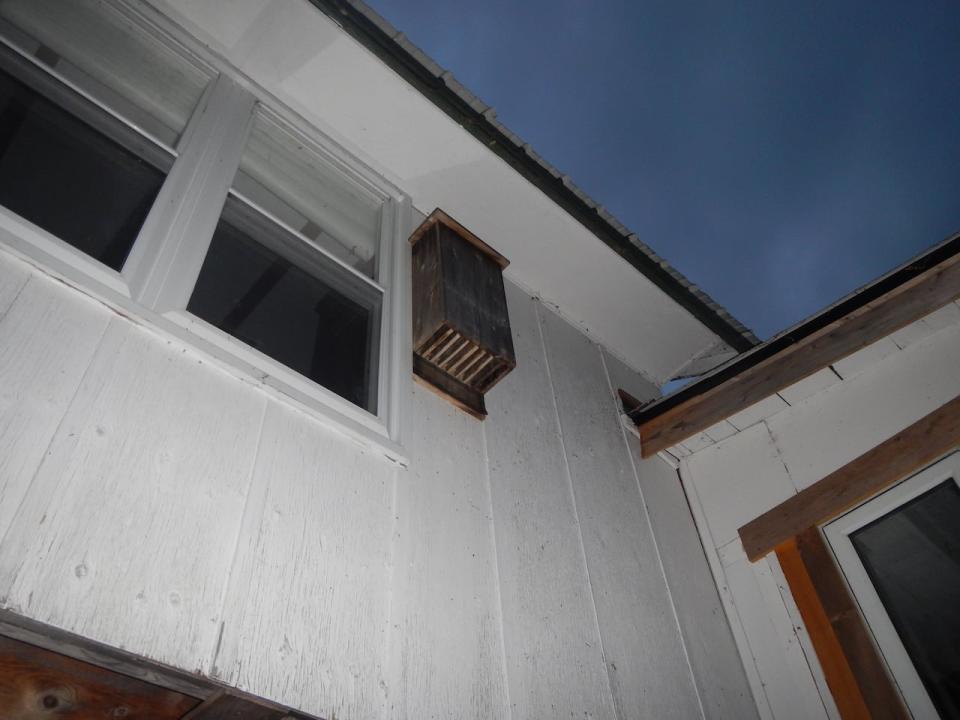
A very successful little brown bat maternity colony east of Fredericton. The standard recommendation for the size of the box’s opening is three-quarters of an inch, said Vanderwolf. (Karen Vanderwolf)
N.B. bat populations
Donald McAlpine, the curator of zoology and head of the natural history department at the New Brunswick Museum, said there's a lot of testing that goes on in regards to white-nose syndrome in bat houses. He said the fungus is a cold-adapted species so it wouldn't be viable in a bat house situation.
McAlpine said between 2011 and 2013, tri-coloured bats, northern long-eared bats and little brown bats were hit very hard by white-nose syndrome, wiping out more than 99 per cent of their population.
Since then, he said, researchers have tried to track any increases in population, but he said there hasn't seemed to be any since 2013.
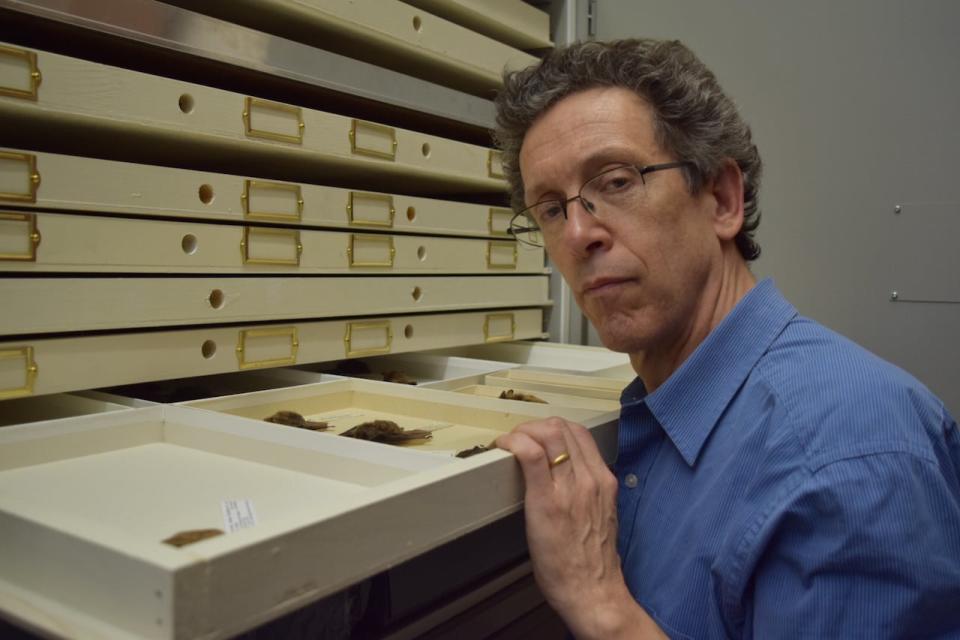
Donald McAlpine, the curator of zoology and head of the natural history department at the New Brunswick Museum, said it is important for people to remember that bats play a key part in the ecosystem. (Joseph Tunney/CBC)
He said he hasn't recorded any tri-coloured bats in New Brunswick since 2013. Some long-eared bats and little brown bats seem to havesurvived, McAlpine said, and he hopes they'll form the nucleus for the population as recovery occurs.
"Recovery, though, it's going to take a long time, because these bats are not like mice and rats, which give birth to numerous litters in the run of a year and have quite a few young in each litter," he said.
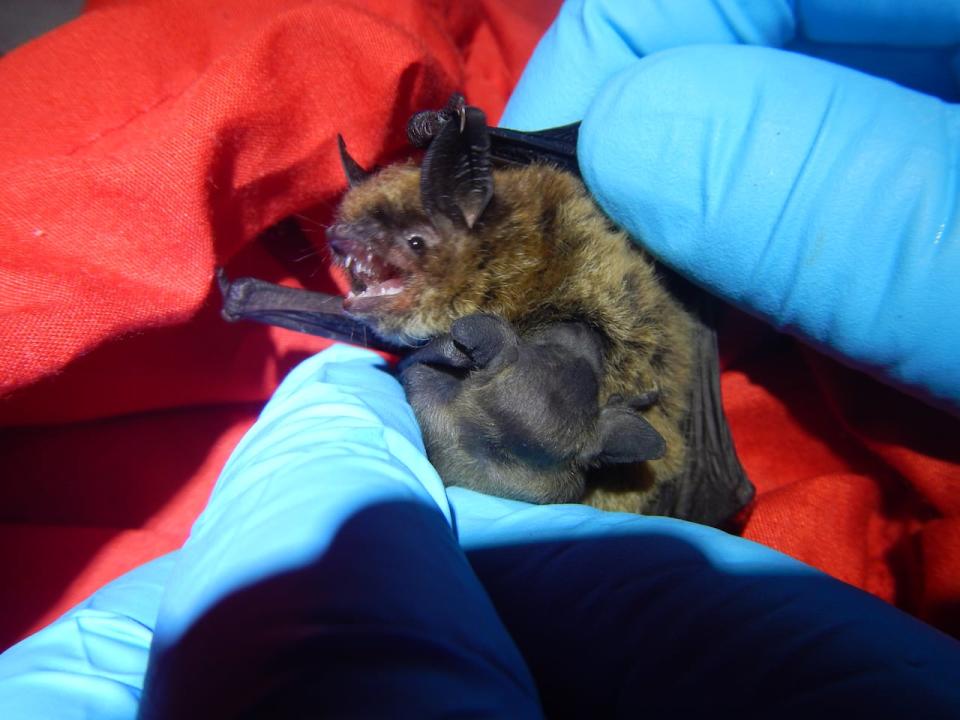
A little brown bat and nursing pup caught from a bat box east of Fredericton. (Karen Vanderwolf)
"These are bats that produce one young a year typically."
As for the other four bat species in the province, they weren't as affected by white-nose syndrome. When it comes to big brown bats, McAlpine said that population is actually increasing.
He said it is important for people to remember that bats play a key part in the ecosystem, including eating a lot of insects.
"If you happen to be one of those lucky people that has bats in your home, and they're not causing a problem, then leave them alone."


